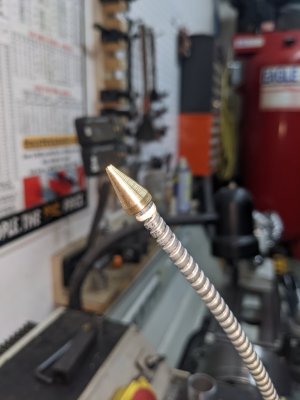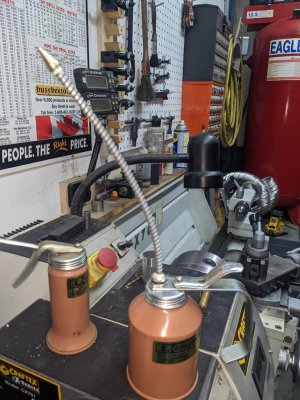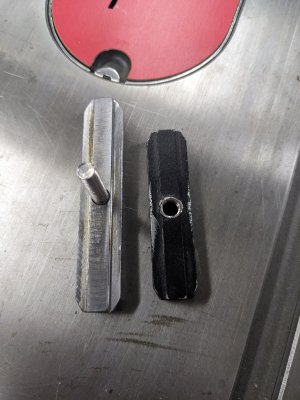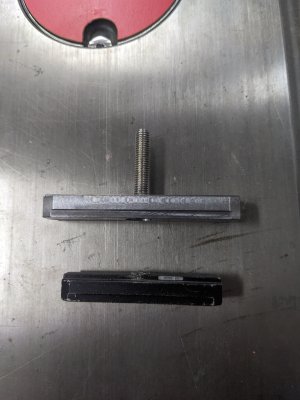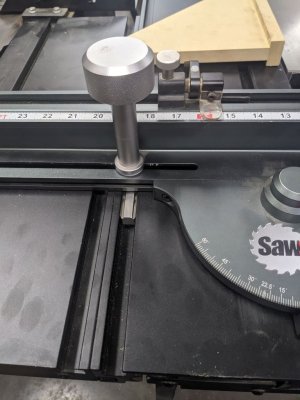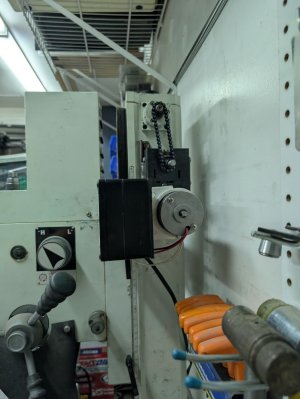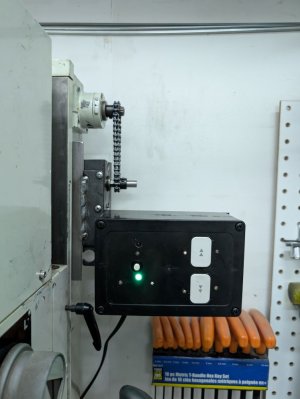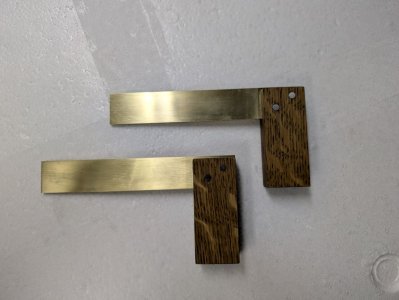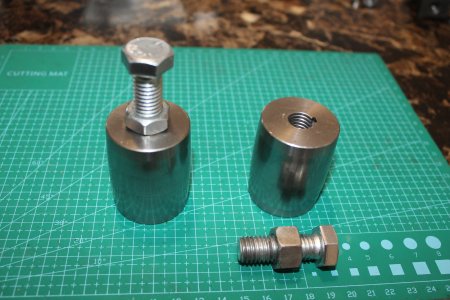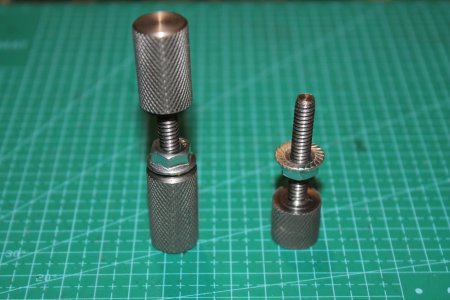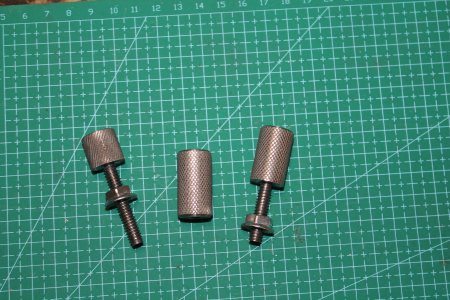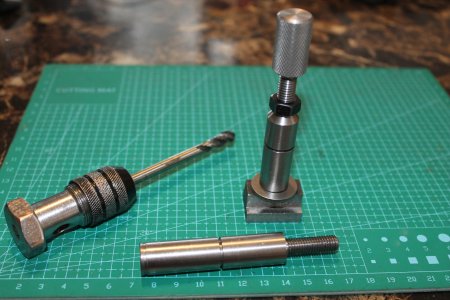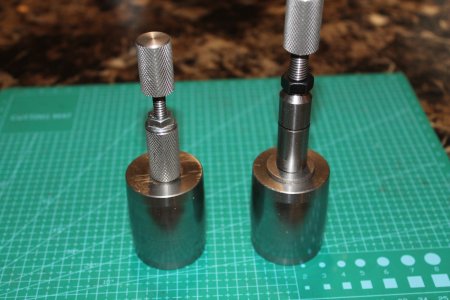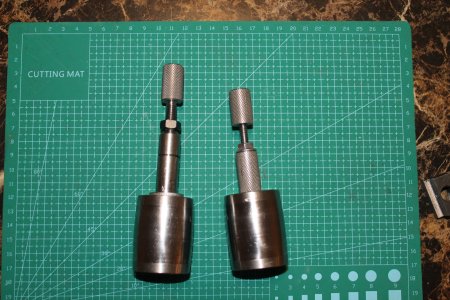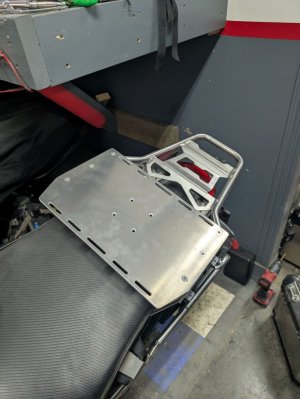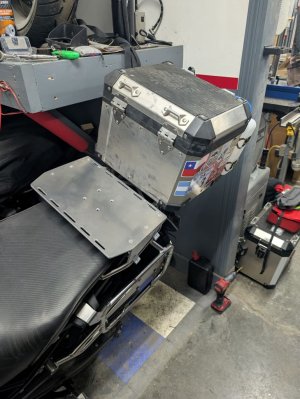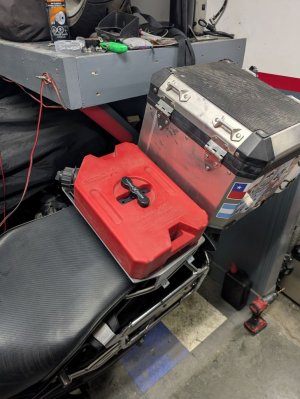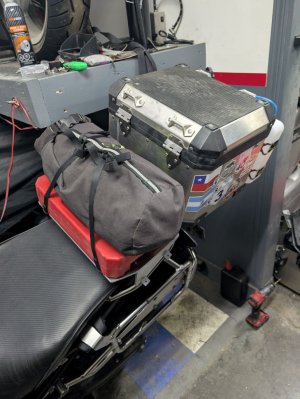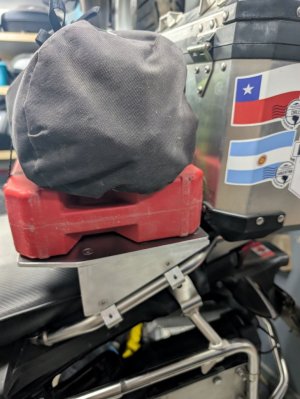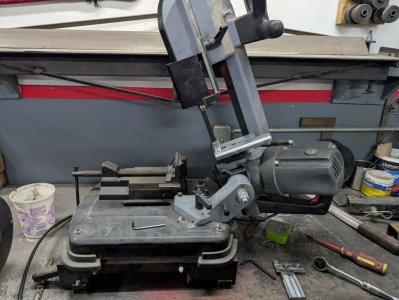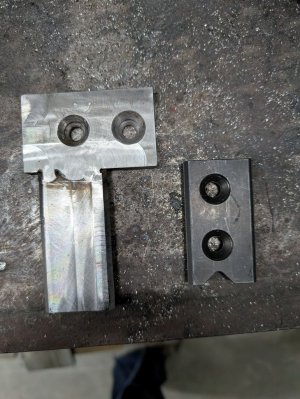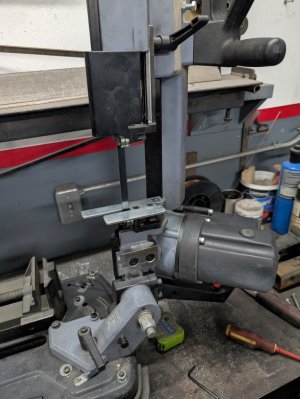Have you looked at Anodizing that plate ?
Aluminum does not rust like carbon steel, but, I have sent numerous machine parts for this process to make the finish durable and it protects against oxidation over time. Embrittlement in aluminum will surprise you with micro cracks especially when ‘road‘ vibrations are evident.
Check with a local metal plater in your area.
I think medium sized parts are anodized rather inexpensively if you can get them done with some other plates in process.
Aluminum does not rust like carbon steel, but, I have sent numerous machine parts for this process to make the finish durable and it protects against oxidation over time. Embrittlement in aluminum will surprise you with micro cracks especially when ‘road‘ vibrations are evident.
Check with a local metal plater in your area.
I think medium sized parts are anodized rather inexpensively if you can get them done with some other plates in process.

